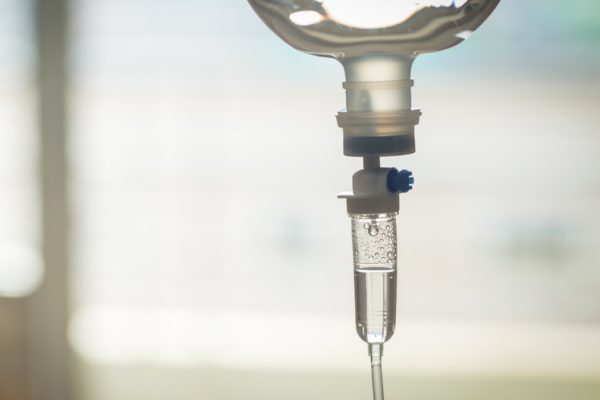
Histological methods or immunoglobulin gene rearrangement (IgR) tests can be used to detect bone marrow (BM) involvement in diffuse large B-cell lymphoma (DLBCL) patients. This study evaluated outcomes of DLBCL patients with BM involvement identified through either histological methods or IgR tests, who underwent upfront consolidative autologous haematopoietic stem cell transplantation (ASCT). The findings indicate that IgR led to more accurate detection of BM involvement, and suggested that ASCT could mitigate the poor prognosis of patients with histological BM involvement or positive IgR and negative BM histology.
The detection of BM involvement in newly diagnosed patients with DLBCL is associated with poor prognosis. While histology has been the traditional method for BM assessment, the development of novel techniques, such as IgR tests, allows a more accurate detection of BM involvement. For DLBC patients with BM involvement, new treatment approaches, such as high-intensity chemotherapy, should be applied to overcome BM involvement as a poor prognostic factor.
This study analysed the clinical characteristics and treatment outcomes of patients with DLBCL and BM involvement determined by histological or molecular biological methods receiving upfront consolidative ASCT as part of a high-intensity chemotherapeutic regimen.1
Methods
The clinical characteristics and treatment outcomes of patients with DLBCL based on histological BM involvement or positive BM IgR using polymerase chain reaction or next-generation sequencing were evaluated. The role of consolidative upfront ASCT was also investigated in patients with DLBCL and BM involvement.
Findings
Among 624 patients, 123 (19.7%) with histological BM involvement and 88 (17.5%) with positive IgR in histologically negative BM had more advanced disease characteristics. Patients with BM-negative histology/IgR-negative results exhibited better overall survival (OS) and progression-free survival (PFS) compared to those with BM-positive histology (P = 0.050 and P <0.001, respectively) or to those with BM-negative histology but IgR-positive results (P = 0.001 and P = 0.005, respectively). Survival rates did not significantly differ among patients treated with upfront ASCT who had BM-positive histology or BM-negative histology but IgR-positive results. However, patients not receiving upfront ASCT and with BM-positive histology or IgR-positive results experienced worse survival outcomes than those with BM-negative histology and IgR-negative results.
Conclusions
Tests to detect IgR BM allowed a more detailed classification of the prognosis of patients who were negative for histological BM involvement. Remarkably, patients who did not receive upfront ASCT could not overcome the poor prognosis associated with BM involvement. These results suggested that ASCT could mitigate the poor prognosis of not only patients with histological BM involvement but also those with positive IgR and negative BM histology.1
REFERENCE